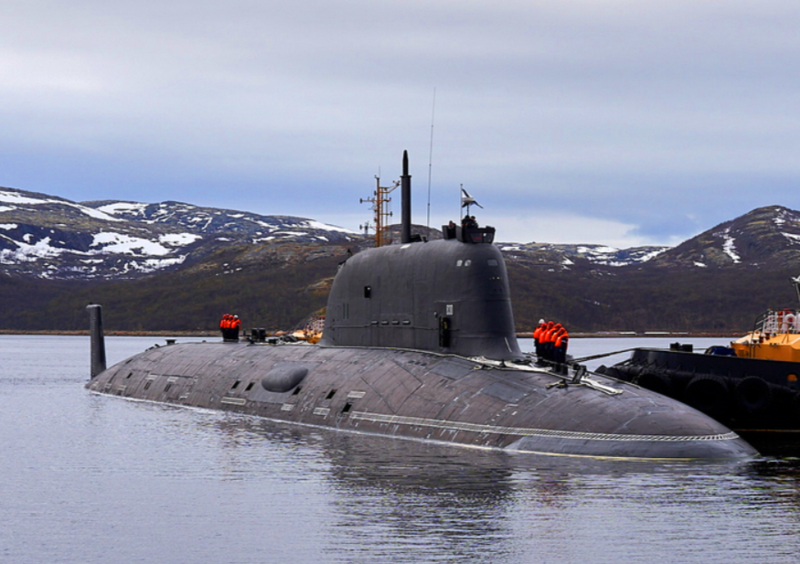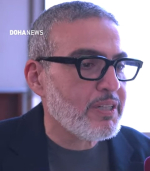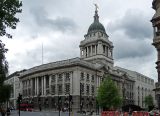
A Russian nuclear submarine capable of launching cruise missiles was recently spotted off the west coast of Scotland, prompting a heightened security alert.
Prime Minister Rishi Sunak and Defence Secretary Grant Shapps received a confidential briefing after the Yasen-class submarine Kazan was detected. An RAF surveillance plane monitored the movements of the 13,800-tonne submarine as it traveled along the Irish coast towards Scotland. The Russian vessel passed near Britain’s nuclear naval base in Faslane, located on Gare Loch, without entering British waters, prompting swift reports to the Permanent Joint Headquarters in Northwood, London.
HM Naval Base Clyde, the Royal Navy’s primary presence in Scotland, houses the core of the submarine service, including the nation’s nuclear deterrent and the new generation of hunter-killer submarines.
The Kazan arrived in Cuba last week, following its tracking off the coasts of Scotland and Ireland. The detection was made by an RAF Poseidon P8 anti-submarine aircraft on June 5, and the submarine reached Cuba exactly a week later. This action is widely seen as a display of Russian strength amid rising tensions over the Ukraine conflict.
Military commanders expressed concerns that the submarine might be searching for vulnerabilities around UK waters. Retired Lieutenant-Colonel Stuart Crawford, now a defence and security consultant, noted, "The Achilles’ Heel for the British Isles is Ireland. They have virtually no military capability to monitor or counter such Russian forays, and the Kremlin is not unaware of this."
A Royal Navy spokesman commented, "We routinely monitor UK territorial waters and the adjacent sea areas to deter malign activity and protect our national interests."
When the submarine approached within 25 miles of the Florida coast last week en route to Cuba, White House national security adviser Jake Sullivan assured that the US would remain vigilant. Kremlin spokesman Dmitry Peskov stated that such exercises are routine, adding, "This is a normal practice for all states, including a large maritime power like Russia."
During the Cuba visit, the Kazan was seen half-submerged with its crew on deck, accompanied by an Admiral Gorshkov frigate. The Russian vessel carried no nuclear weapons, according to Cuba’s foreign ministry and US officials. However, Russian pro-war Telegram channels boasted that Kazan had "guided missile weapons" on board as it passed close to the US coastline.
The frigate and the submarine conducted "high-precision missile weapons" training in the Atlantic. The Admiral Gorshkov, part of a fleet of similar ships, is equipped with Zircon hypersonic cruise missiles, capable of striking both sea and ground targets. President Putin has claimed these missiles are unstoppable.
Both the Admiral Gorshkov and the Kazan are critical components of Putin’s nuclear strike force. Russia currently operates four Yasen-class submarines, which NATO officials consider significant strategic challenges.
Costing around £200 million, the Gorshkov frigates feature modern stealth capabilities, sensitive radar systems, a large calibre gun, torpedo tubes, and a helicopter. Former Royal Navy officer and frigate captain Tom Sharpe emphasized in The Daily Telegraph that the Russian deployment, though small, is well-armed and should not be dismissed lightly. He noted that Russia aims to demonstrate its ability to operate a task group far from its homeland, an objective it has partially achieved. Photo by Mil.ru, Wikimedia commons.




































